Military
Putin Has Ukraine Outnumbered 10-to-1 in This Critical Frontline Force
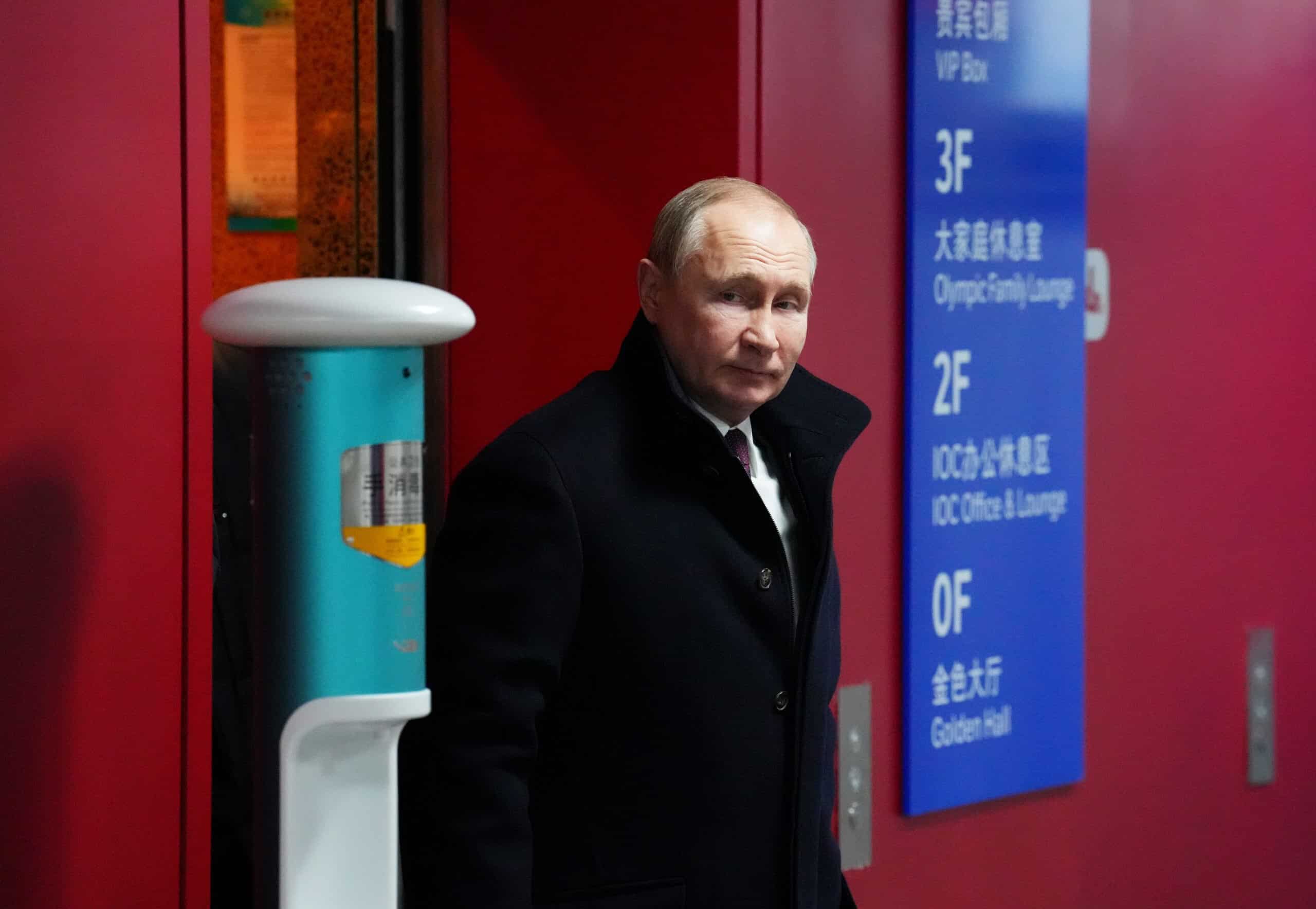
Published:
Last Updated:

Throughout the conflict between Ukraine and Russia, attack helicopters have played a pivotal role in turning the tide one way or the other. The Russian Mi-24 Hind and Ka-52 Alligator have been particularly prominent in the Red Army’s operations over the last two years.
Russia’s Mi-24 Hind, known for its armored protection and serious firepower, has been a staple in Moscow’s aerial operations, providing close air support to ground forces and conducting anti-armor operations.
On the Ukrainian side, its military has a mix of Soviet-era helicopters as well as some from Western powers, but its fleet is vastly outnumbered. As such, Ukraine has even been looking to purchase more advanced attack helicopters like the infamous AH-1Z Viper, a derivative of the Apache series, to counter its numerical disadvantage. (This country has over 800 Apache attack helicopters.)
Attack helicopters serve as force multipliers that enhance the effectiveness of ground forces and allow for more flexibility in an operational sense. In conflicts like this one between Ukraine and Russia, where control of territory is frequently contested and front lines are constantly shifting, attack helicopters are some of the most important assets on the battlefield.
Russia and Ukraine are not the only Eastern European countries with formidable attack helicopter fleets. Here, 24/7 Wall St. is taking a closer look at the attack helicopter armies of the region. (Modern attack helicopters: from the 60s to the future.)
To determine the Eastern European countries with the most attack helicopters, 24/7 Wall St. reviewed the 2024 military strength report from Global Firepower, an annually updated defense-related statistics website with information on 145 countries. We ranked these countries according to which countries have the most attack helicopters. We included supplemental information regarding each country’s current air force and overall military strength ranking. We excluded any nations that did not have any helicopters.
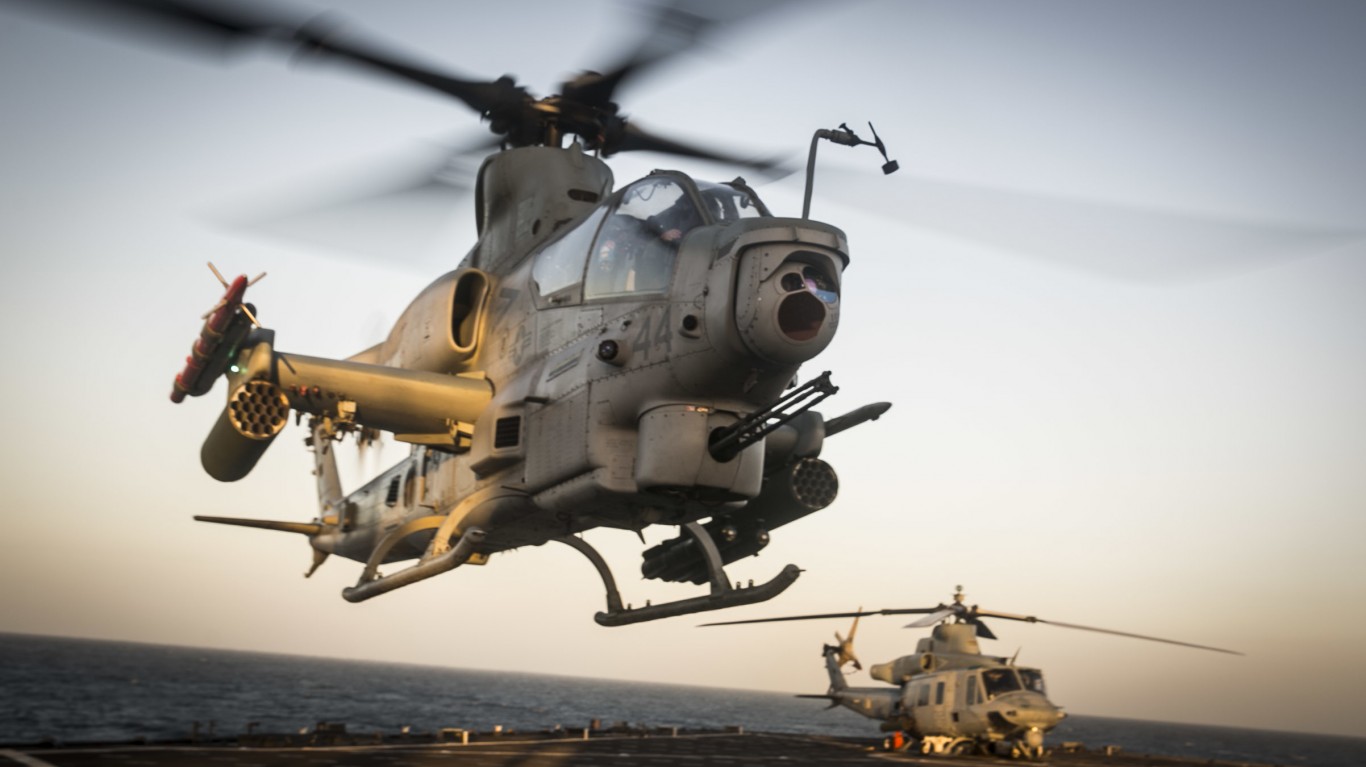
Understanding the military dynamics of Eastern Europe is essential due to the region’s critical geopolitical importance, not to mention the ongoing conflict. Eastern Europe has historically been a focal point of tension, and military power plays an important role in maintaining both political and economic stability. The stability of Eastern Europe remains vital to global security.

Outside of these helicopters, Czechia has 6,757 military vehicles (including 65 tanks and 53 artillery units). Czechia has 28,000 active-duty personnel out of a total population of 10.7 million.
It’s air force is fairly formidable in the region as it operates a fleet of Saab JAS 39 Gripen multirole fighter jets, which serve as the backbone of the nation’s air defense. Additionally, Czechia is looking to update its helicopter fleet with the addition of UH-1Y Venom helicopters from its NATO allies.
Following the peaceful dissolution of Czechoslovakia in 1993, Czechia developed its own military forces. The country, like many others in the region, was part of the Warsaw Pact but Czechia was quicker to join NATO than most, entering the alliance in 1999. Its military is a mix of Soviet-era tech and NATO standard assets.
Czech forces have been regularly deployed in NATO and EU peacekeeping operations, including missions in Afghanistan, Iraq, and the Balkans. They are a staple of NATO forces in the region.
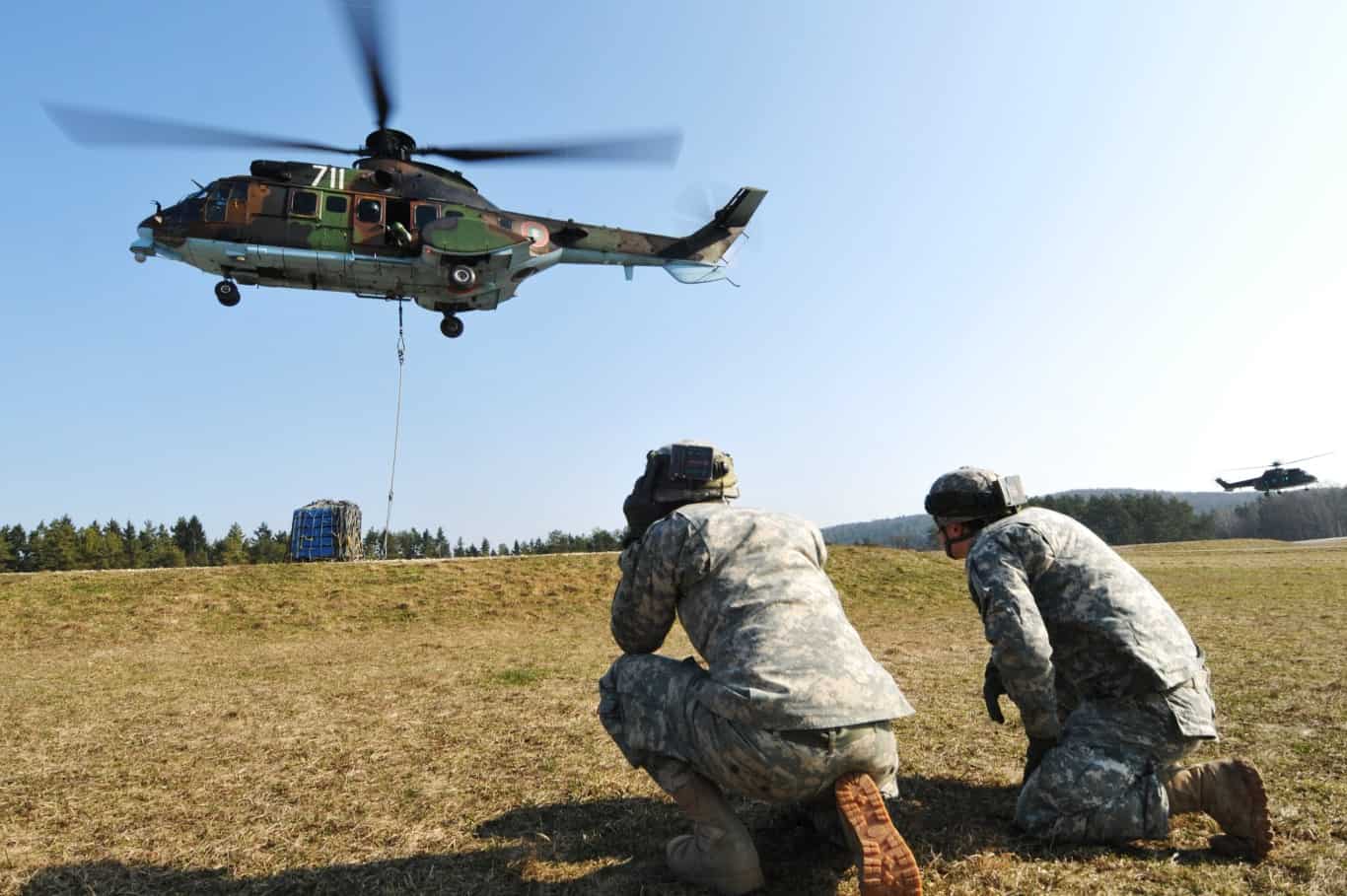
Outside of these helicopters, Bulgaria has 7,420 military vehicles (including 215 tanks, 273 artillery units, and 24 MLRS units). Bulgaria has 37,000 active-duty personnel out of a total population of 6.8 million.
In terms of its air force, Bulgaria’s fleet is primarily composed of MiG-29 fighter jets with a handful of Su-25s ready. However, recent moves by the Bulgarian Air Force are attempting to procure a number of F-16V Viper fighter jets from the United States. This is part of Bulgaria and NATO’s plan of securing the region.
For some quick background, Bulgaria has a long military history, particularly from the Balkan Wars and both World Wars. Although Bulgaria was not part of the Soviet Union, it was a close ally during the Cold War. However, alliances have shifted over the years resulting in Bulgaria joining NATO in 2004.
Bulgaria’s navy plays an important role in the Black Sea considering the current instability. For its naval forces, Bulgaria has 40 ships total. In terms of the breakdown of warships, this nation has 4 frigates, 3 corvettes, and 2 offshore patrol vessels with the remainder being support vessels.
Outside of these helicopters, Hungary has 7,797 military vehicles (including 208 tanks and 318 artillery units). Hungary has 41,600 active-duty personnel out of a total population of 9.7 million.
Its air force primarily consists of transport and utility helicopters, along with Gripen fighter jets, acquired from Sweden. Hungary is currently undergoing a modernization effort within its fleet, namely acquiring more H225M combat helicopters.
Following World War II, Hungary joined the Warsaw Pact, a military alliance composed of many central and eastern European nations made in response to the formation of NATO. While this would heavily impact Hungary’s military doctrine to a more Soviet way of thinking, Hungary would eventually turn to NATO in the late 1990s. As a result, Hungary’s military seems to be a mix of East and West, with modernization efforts pushing more to the West.

Like many of the other Soviet satellites, Belarus inherited a great deal of Soviet infrastructure and assets that it still uses. For one, Belarus has one of the largest air forces in the region with over 180 aircraft at its disposal. It operates a series of modernized MiG-29 and other Sukhoi fighter jets in conjunction with a sizable helicopter fleet.
It should be noted that Belarus, like many of these other countries, is landlocked so it does not operate a navy. However, its strong ties to Russia avail it of naval assets for joint operations. Belarus came into its own in 1991 following the dissolution of the Soviet Union, again, it still maintains strong ties with Russia. These ties have greatly benefited this small Eastern European country, especially in terms of its military might.
In terms of its ground forces, Belarus has 6,700 military vehicles (including 517 tanks, 539 artillery units, and 206 MLRS units). Belarus has 63,000 active-duty personnel out of a total population of 9.4 million.
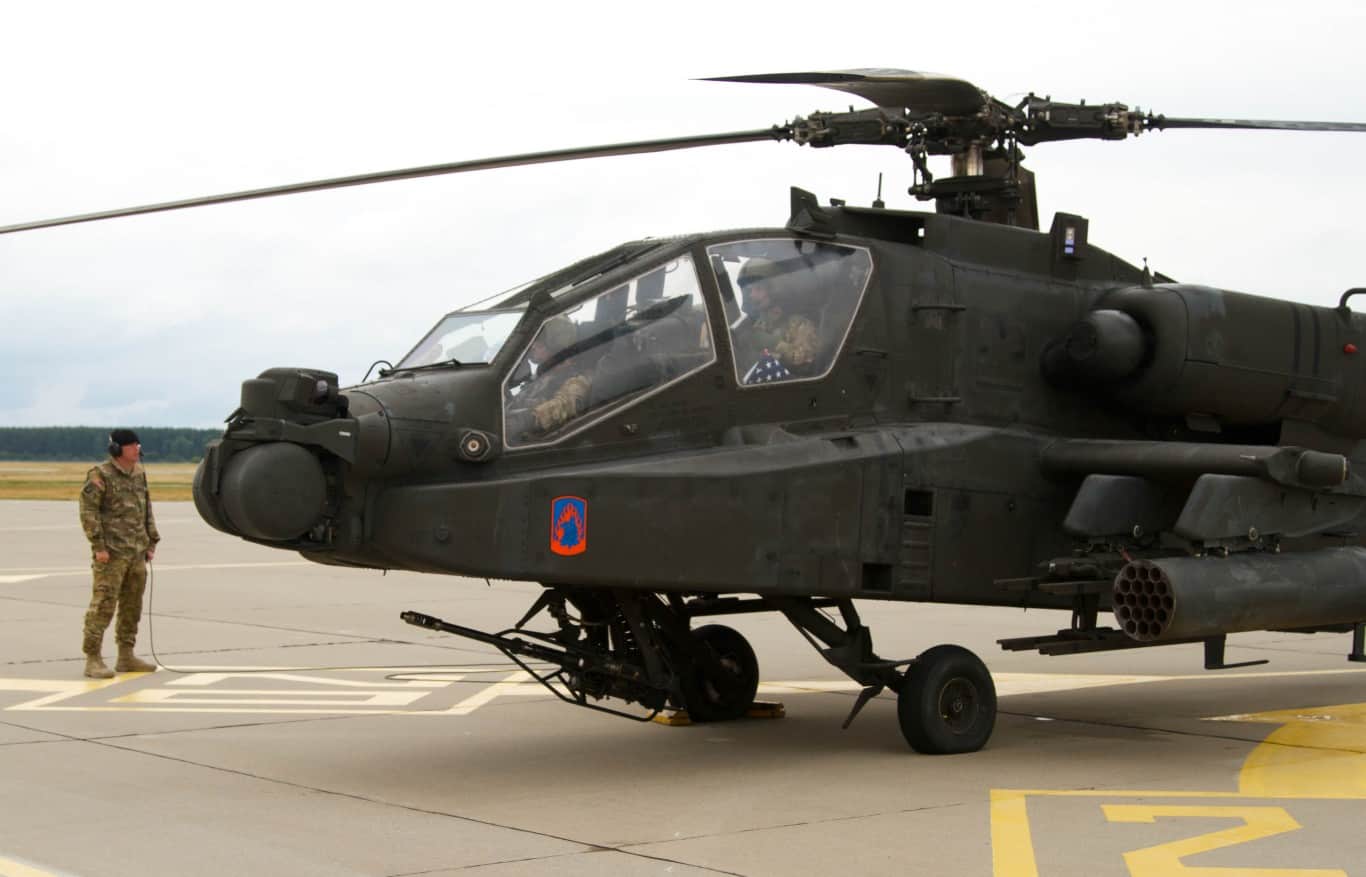
Outside of these helicopters, Poland operates 13,956 military vehicles (including 612 tanks, 525 artillery units, and 211 MLRS units). The German Leopard 2 and locally produced PT-91 are mainstays of its force. Poland has 202,100 active-duty personnel out of a total population of 38.0 million.
For some background on Poland’s military, the nation fell under Soviet influence and became a key member of the Warsaw Pact, in the years following World War II. However, the fall of communism decades later resulted in Poland quickly distancing itself and aligning with Western powers.
Poland joined NATO in 1999 and turned its focus to modernizing its military to fit NATO standards. With this came moving away from Soviet-era assets in favor of more advanced tanks and jets, like the Leopard 2s and F-16s. Even today, Poland is investing heavily in the new F-35 Lightning II fifth-generation fighter jets, with over 30 on order.
For its naval forces, Poland has 45 ships and submarines total. In terms of the breakdown of warships, this nation has 1 submarine, 2 frigates, 2 corvettes, 3 offshore patrol vessels with the remainder being support vessels.

Outside of these helicopters, Ukraine has 22,110 military vehicles (including 1,777 tanks, 2,217 artillery units, and 491 MLRS units). Ukraine has 900,000 active-duty personnel out of a total population of 43.3 million.
Ukraine’s military has undergone a significant transformation since it gained independence from the Soviet Union in 1991. However, the current conflict may serve to reunify some regions of Ukraine with Russia. This is yet to be seen as the conflict is ongoing.
For going up against a world military superpower, Ukraine has fared decently over the past two years. Although Russia greatly outmatches Ukraine on basically all fronts, Ukraine has stood its ground respectably. According to the force ratio principle, or 3:1 rule, an invading force typically needs to be significantly larger than the defending force to succeed, which makes Ukraine’s ability to hold its ground against a much larger Russian military seriously impressive.
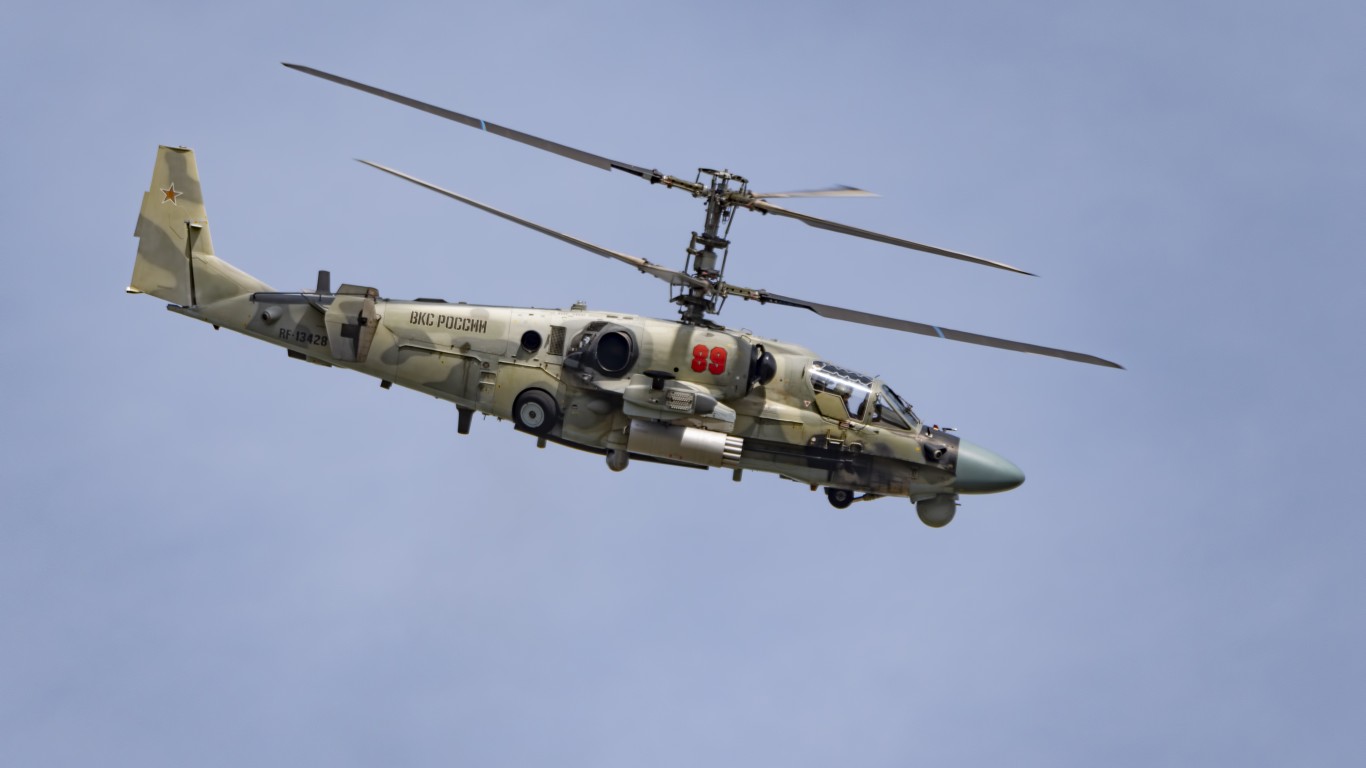
Russia’s military stands as the undisputed powerhouse of Eastern Europe, backed by sheer numbers, advanced technology, and historical legacy. From the Soviet era to the modern era, the Red Army has made leaps and bounds in crafting one of the strongest military forces on the planet.
With a force of over 1 million active personnel, Russia maintains the largest standing army in the region. These troops are flanked by the largest tank army on the planet, with over 14,000 units, including the new T-90 and T-14 Armata tanks. It also boasts the largest artillery force in the world
At the same time, Russia also operates one of the most advanced air forces in the world. It is one of the elite club that is actually developing its own fifth generation fighter jets that incorporate the newest stealth technology.
Start by taking a quick retirement quiz from SmartAsset that will match you with up to 3 financial advisors that serve your area and beyond in 5 minutes, or less.
Each advisor has been vetted by SmartAsset and is held to a fiduciary standard to act in your best interests.
Here’s how it works:
1. Answer SmartAsset advisor match quiz
2. Review your pre-screened matches at your leisure. Check out the advisors’ profiles.
3. Speak with advisors at no cost to you. Have an introductory call on the phone or introduction in person and choose whom to work with in the future
Thank you for reading! Have some feedback for us?
Contact the 24/7 Wall St. editorial team.